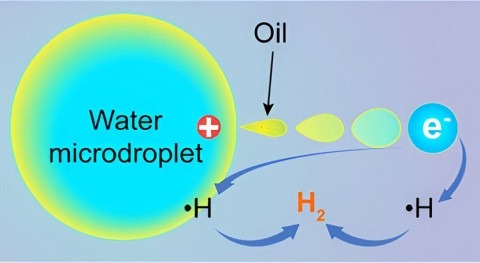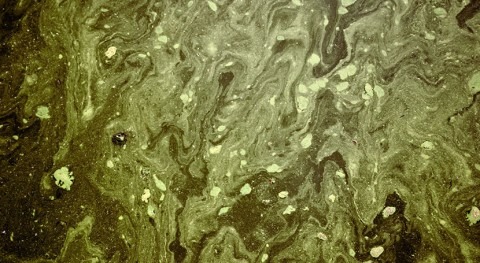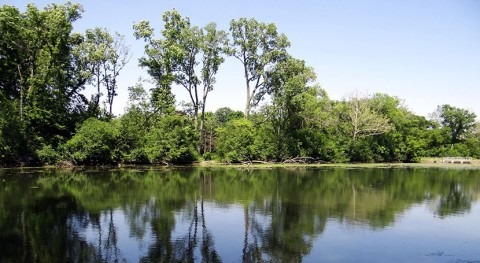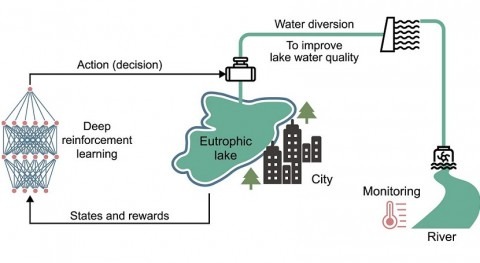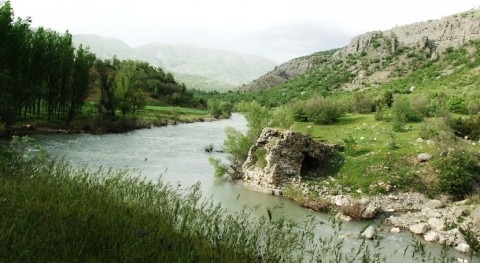In recent decades, extreme events become more intense and frequent in the context of global warming, and the Asian monsoon region has become one of the most affected areas.
However, little is known about the decadal to longer timescale variability of seasonal precipitation due to the lack of instrumental records in the past few centuries.
Recently, a joint research group led by Prof. TAN Liangcheng from the Institute of Earth Environment of the Chinese Academy of Sciences used the seasonal amplitude of δ18O (Δ18O) from an annually laminated stalagmite from Xianglong Cave to reconstruct seasonal precipitation variability in central China over the past 100 years.
The researchers found that the stalagmite δ18O values revealed significant annual cycles, with lower δ18O values occurring in summer monsoon (SM) season, whereas higher values occurring in non-summer monsoon (NSM) season. Thus, Δ18O was a measure of the climate seasonality in this area.
They calculated Δ18O using the highest value minus the lowest value in an annual cycle. Comparisons suggested that the Δ18O series could record precipitation seasonality, with lower Δ18O values corresponding to increased SM/NSM rainfall ratios and higher values corresponding to reduced SM/NSM rainfall ratios.
The reconstruction showed increased precipitation seasonality contrast (i.e., increasing SM/NSM rainfall ratio with more SM rainfall and/or less NSM rainfall) during 1914–1919, 1935–1942, 1958–1962, 1979–1985, and 1999–2005 (A.D.), with a probably 27-year cycle.
Moreover, Δ18O correlated well with the Pacific Decadal Oscillation (PDO) on a decadal scale. Increased SM/NSM rainfall ratio was observed during the warm phase of PDO, and decreased SM/NSM rainfall ratio was observed during the cold phase of PDO.
The study, published in Palaeogeography, Palaeoclimatology, Palaeoecology, was supported by the Strategic Priority Research Program of the Chinese Academy of Sciences and the National Natural Science Foundation of China.




